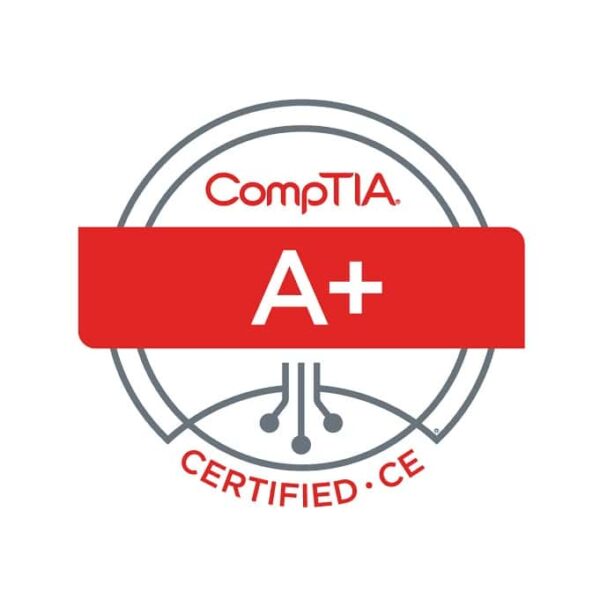Learn the fundamentals to computer security and how they work. These are my detailed study notes from when i passed the CompTIA A+ and Sec+ courses.

aPlus
Module 7: As a CompTIA A+ professional, understanding BIOS and CMOS is essential for configuring and troubleshooting computer systems.What is BIOS and CMOS? Let's delve into these critical components: BIOS (Basic Input/Output System): BIOS is a firmware that initializes and manages hardware components during the boot-up process. Key aspects to consider include: Boot Process: BIOS performs a Power-On Self-Test (POST) and identifies the boot device (e.g., hard drive, USB, or CD-ROM) to load the operating system. Accessing BIOS: Typically, you…

aPlus
Module 6: Operating systems (OS) are the backbone of every computer, serving as a bridge between hardware and software. For CompTIA A+ professionals, having a solid grasp of operating systems is crucial.Here's what you need to know: What is an Operating System? An operating system is software that manages hardware and provides services for software applications. It's responsible for managing resources, file systems, and user interfaces. Types of Operating Systems: There are various types of operating systems, including: Windows: Developed…

aPlus
Module 5: As a CompTIA A+ professional, mastering hardware installation is a critical skill.Installation Process Whether you're upgrading, repairing, or building a computer, following these steps will ensure a smooth and successful installation: Preparations: Gather the required hardware components and necessary tools such as a screwdriver, anti-static wrist strap, and any required cables. Safety Precautions: Prioritize safety by turning off the computer and disconnecting it from power sources to prevent electrical accidents. Work Environment: Choose a clean, well-lit, and anti-static…

aPlus
Module 4: As a CompTIA A+ professional it's essential to grasp the different computer hardware components that work together to make computers functional.PC Components Component Description Motherboard The main PCB inside the computer. I/O Panel Back panel Super I/O Chip Is a class of I/O controller. It intergrates devices formerly found on seperate expansion cards. Circuit Is a loop through which current can flow. Drive Connections Connects drives to the motherboard. IDE Connections A single IDE ribbon cable with a…

aPlus
Module 3: In the world of IT, safety and best practices are paramount. Whether you're a seasoned CompTIA A+ professional or just starting your career, adhering to these principles not only ensures your well-being but also the reliability and security of the systems you work on.Safety and Best Practices Here are some key considerations: Electrical Safety: Always power down and unplug devices before performing any maintenance or repairs. Use surge protectors and uninterruptible power supplies (UPS) to safeguard against power…

aPlus
Module 2: CompTIA A+ professionals should have all the essential tools to help them effectively diagnose and resolve computer-related issues. These tools can include both physical tools and software applications.Tools for the Job Here's a list of essential tools for an A+ professional: Screwdrivers: A set of precision screwdrivers, including Phillips and flathead, is essential for opening computer cases and working with internal components. Anti-static Wrist Strap: To prevent electrostatic discharge (ESD) that can damage sensitive computer components, wear an…

aPlus
Module 1: As a CompTIA A+ Certified Professional your job is to Identify and troubleshoot problems. You will need to be competent in problem solving and able to confidently communicate with your clients to troubleshoot their IT systems.Basic Steps to Problem Solving: Hypothesis and Evaluation Identify of the problem. Establish a probable cause. Test to determine the cause. Establish a plan to resolve the problem Implement solutions. Verify functionality and implement preventative measures. Document results. Problem-solving is a crucial skill…


